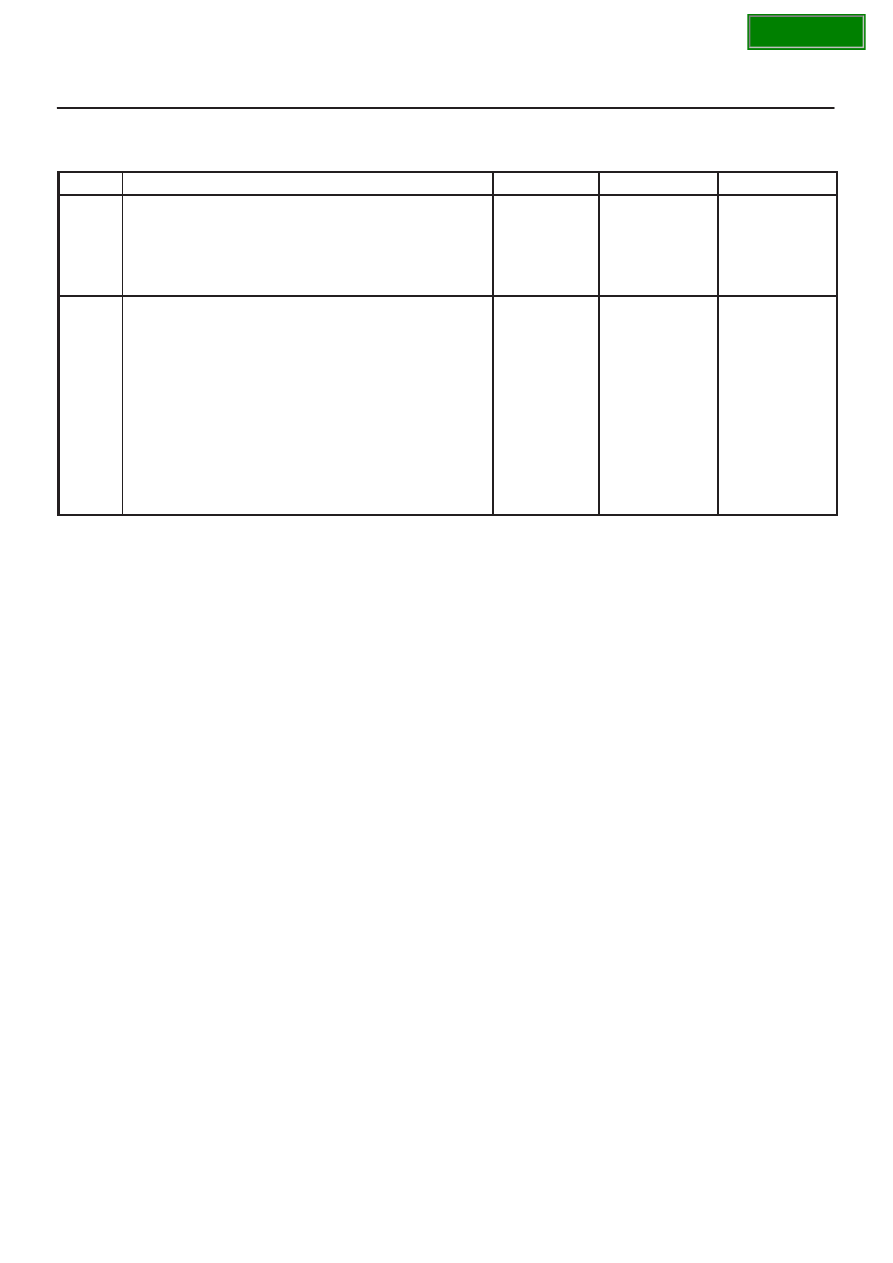Content .. 1544 1545 1546 1547 ..
Opel Frontera UE. Manual - part 1546

6E–399
6VD1 3.2L ENGINE DRIVEABILITY AND EMISSIONS
Detonation/Spark Knock Symptom
(Cont'd)
Step
No
Yes
Value(s)
Action
20
1. Check for an engine mechanical problem. Perform
a cylinder compression check. Refer to
Engine
Mechanical.
2. If a problem is found, repair as necessary.
Was a problem found?
—
Verify repair
Go to
Step 21
21
1. Review all diagnostic procedures within this table.
2. If all procedures have been completed and no
malfunctions have been found, review/inspect the
following:
D
Visual/physical inspection
D
Tech 2 data
D
Freeze Frame data/Failure Records buffer
D
All electrical connections within a suspected
circuit and/or system.
3. If a problem is found, repair as necessary.
Was a problem found?
—
Verify repair
Contact
Technical
Assistance